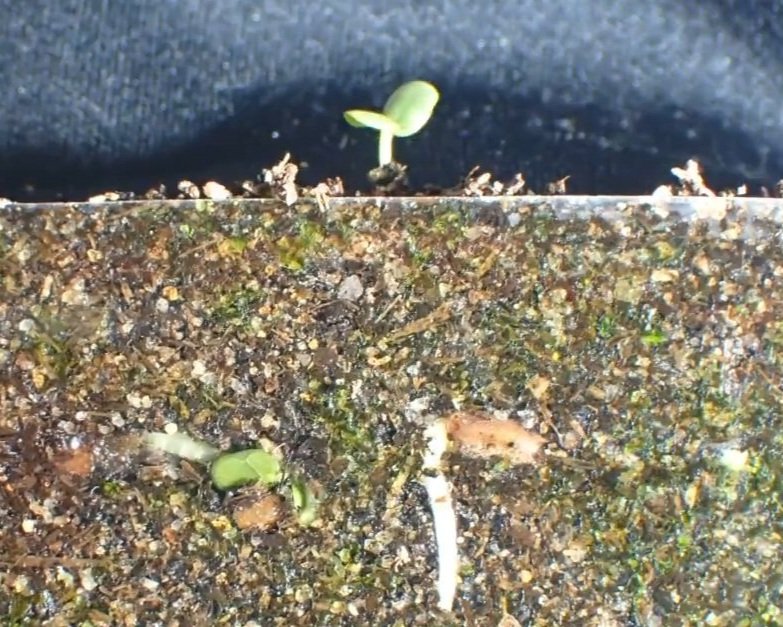
PhD Opportunity:
Thigmomorphogenesis in pre-emergence seedling growth: How do seedlings navigate rocky soils?





PROJECT DESCRIPTION
Seedlings of wild plants often need to emerge from heterogeneous soil environments with many obstacles (compacted soils, rocky soils, etc.). Understanding how seedlings emerge in these conditions, including the limits of emergence, has broad applications spanning seed ecology, material science, robotics, ecological restoration, agriculture and even astrobotany. For example, in ecological restoration, if seed placement can account for the heterogeneity of the soil matrix, the proportion of successfully emerged seedlings, and potentially, the growth rate of emerged seedlings, could be enhanced. Higher emergence and seedling survival could result in major savings in seed costs and deliver better plant and ecosystem restoration.
Engineers at the UWA Centre for Engineering Innovation: Agriculture & Ecological Restoration, in collaboration with seed biologists at Kings Park Science and material scientists at the Max Planck Institute of Colloids and Interfaces are seeking a suitable PhD candidate to understand how native seeds emerge from rocky substrates and in harsh environmental conditions. We seek to address questions such as:
What are the limits to seedling emergence depth, and how is emergence depth related to the energy stores of the seed?
How do soil properties such as rock content and compaction influence or limit seedling emergence?
Can seedlings navigate obstacles such as large rocks in the soil profile, and what are the limits to this navigation?
What mechanisms drive the navigation process, i.e. how do seedlings “sense” their surroundings?
Do tissue properties within the seedling change to compensate for increases in mechanical pressure or harsh environments?
Addressing such questions will require a multidisciplinary approach and a combination of theory and quantitative experimentation. For example, the extensive testing of seed germination and seedling emergence under a range of conditions, including in soil and soil simulated conditions (under elevated pressure to simulate soil compaction, for example). Various 2- and 3-dimensional imaging techniques (micro-CT, microtome sectioning, for example) could be employed to visualise seedling emergence and understand seedling tissue morphology before, during and after emergence. Mathematical modelling could be developed to analyse energy and mass use by the seedling during emergence and develop explanatory models.
PROJECT DETAILS
Project Lead
Dr Andrew Guzzomi
Applicant Eligibility Criteria
First Class Honours OR Masters Degree in a relevant field (e.g. engineering, biology, botany, physics, mathematics, etc.) and/or demonstrated industry experience in a relevant field.
Project Start Date
ASAP
Expressions of Interest
Send us an email and tell us a bit about yourself and why you want to get involved.




